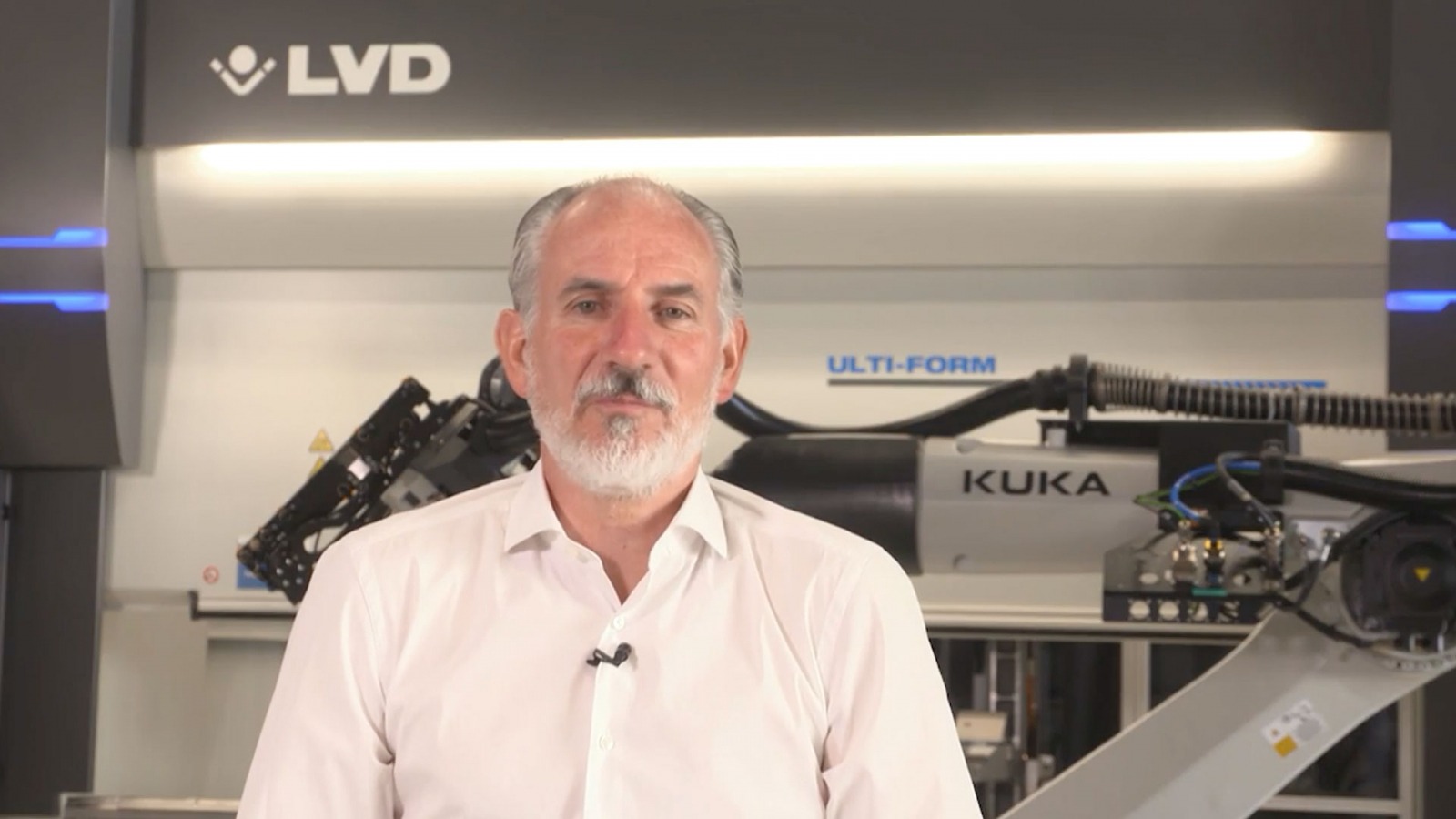The new World Robotics 2020 Industrial Robots Report shows a record of 2.7 million industrial robots operating in factories around the world. In 2019, sales of new robots remained high with 373,000 units shipped globally. However, this means a slow down in sales of 12% compared to 2018 and this reflects the difficult times in automotive and electronics.
Nevertheless, this is still the third highest sales volume ever recorded. Asia remains the strongest market for the installation of industrial robots. China and Japan even have incentive programmes in place to integrate the investment in robots into manufacturing. The annual installation of industrial robots in the metal and machinery industry remains 44,000 units per year, representing around 9% of annual sales.
The average robot density and manufacturing worldwide is 113 installed robots per 10,000 employees. All these numbers show that exponential technologies have accelerated more in the last five years than they have in the previous 50, leading more and more companies to start automating. LVD's journey in automated bending has also been interesting.
We have learned a lot in recent years about the demands of automated bending.
So what have we learned and what has changed over the last 20 years?
In the beginning, we were taking baby steps. Early 2000 came the introduction of LVD's Easy-Form adaptive bending system, which eliminated the problem of thickness and grain variation.
Automation with built-in quality assurance eliminates errors and improves accuracy. Over the past decades, robots have only really been used for repetitive and high-volume applications. They were only practical for bigger batches because robots had to be taught all the moves. Fifteen years ago, automation was all about simplifying recurring activities by letting machines and software do them for you.
What we have learned with products such as ROBOformER and RoboCell is that the overall cost of the cell and a fast and automated programming solution are vital as both these aspects limited products at the time. In 2012, our ToolCell was a major step forward. After all, executing recurring activities on a daily basis becomes monotonous for employees.
Automation solved this problem and allowed people to take up more challenging and rewarding activities, thereby heightening employee satisfaction. The ‘small batch, high part makes short lead time culture’ has become commonplace. Our auto tool changing press brake ToolCell provides the solution and improves throughput.
In 2018, we introduced our Dyna-Cell under the motto that programming must be simple and automated. In the past, using robotised bending typically required highly skilled robot programmers. Today, customers demand a programming solution allowing for automatic programming of both the press brake and the robot.
Today's bending automation customer is focused on super fast, simple programming, a balanced equipment cost and shortening the order-to-cash cycle, whatever the byte size. Today almost every company concentrates on how to utilise their working capital. WMs are reducing stock inventory and putting more pressure on the supply chain. Therefore, it's all about flow and the speed of the art-to-part journey.













